In February, professional storyteller Megan Wells did her first Distant Era session, in which we photographed four of the historical women she plays in her work: Abigail Adams, Florence Nightingale, Eleanor Roosevelt, and Mary Magdalene. In March, Megan returned for her second session, and we photographed three more historical women. This week, we’ll focus on the first of these, Maria Anna Mozart, nicknamed Nannerl.
Nannerl Mozart
Wolfgang Amadeus Mozart’s older sister Nannerl was the first of Megan’s historical impersonations I knew nothing about. When she was seven years old, Nannerl learned to play on the harpsichord from her father Leopold. As the story goes, Wolfgang idolized his elder sister. The children were virtuosos, or “wunderkinder,” and their father toured Europe with them, showcasing their talents. Nannerl often received top billing in these concerts, but her happy childhood as an acclaimed musician ended for Nannerl around the time she was seventeen, when her family expected her to marry. Nannerl married a magistrate, though she continued to play and to teach piano throughout her life. References to compositions by Nannerl are mentioned in correspondence with her brother, who praised them, though none have survived.
What gets lost in the search for Nannerl’s “compositions” is the inarguable genius of her artistry as a pianist. She was luminous. When finally hired by the Salzburg orchestra, she changed history by becoming the first female musician in any orchestra.
Megan Wells on Nannerl
Photography
We photographed Nannerl on a brown fabric background with a painterly texture. We used a large rectangular softbox to imitate window light, and a large umbrella to fill in our shadows. In the portraits, Megan holds a purple ribbon. The ribbon is of significance to Nannerl, as you can see wrapped around her head in the Johann Nepomuk della Croce painting of the Mozart family below. We tried some sitting portraits of Nannerl as well, though these didn’t capture the shape and form of the dress as well as the standing portraits did. One of the things we liked about the portrait we chose was the way Megan’s hand rests on her fan, her fingers flexed as if upon the keys of a keyboard.
Editing
The portraits looked like they were ready to go as we shot them, and I figured Nannerl would be the most straightforward of the ones we shot that day. But as I began my edits, I felt less certain. I spoke with Megan about ways we might indicate or hint at Nannerl. By contrast, Florence Nightingale needed little clarification; she looked the way she’s generally portrayed in paintings and photographs.
Distinguishing the Subject
I started by asking Megan how she’d like the portrait cropped. We could crop close for a more intimate portrait, or we could crop further out to show more of the dress. In the further out example, I placed a square where we might crop a more intimate portrait. Megan liked that square and suggested we use it as a frame. I extracted a fancy frame from a painting and placed that on the image and dressed it up, adapting some lessons from photographer Chris Koeppen. Megan really liked this, but we still hadn’t settled on a way to historical person in the portrait.
Anyone looking at the photograph could see a woman in period clothing, but what’s to differentiate her from any other picture of a woman in period clothing on a background? What clues could we layer into the portrait to further specify who this is?
We discussed some creative solutions, including a silhouette of Wolfgang in the background, like a shadow. Then we talked about using sheet music in the background, however none of Nannerl’s compositions remain. We discussed using the label on Nannerl’s composition book, given to her by her father Leopold.
Megan still liked the frame idea but wondered whether we could incorporate her famous family into the portrait somehow. A few paintings of the Mozart family exist from this period, and we landed on the following painting by Johann Nepomuk della Croce from around 1780. The painting shows young Nannerl and Wolfgang, their hands intertwined on the keys, their father Leopold at the right side of the painting. In the center of the painting, their late mother’s portrait hangs on the wall.
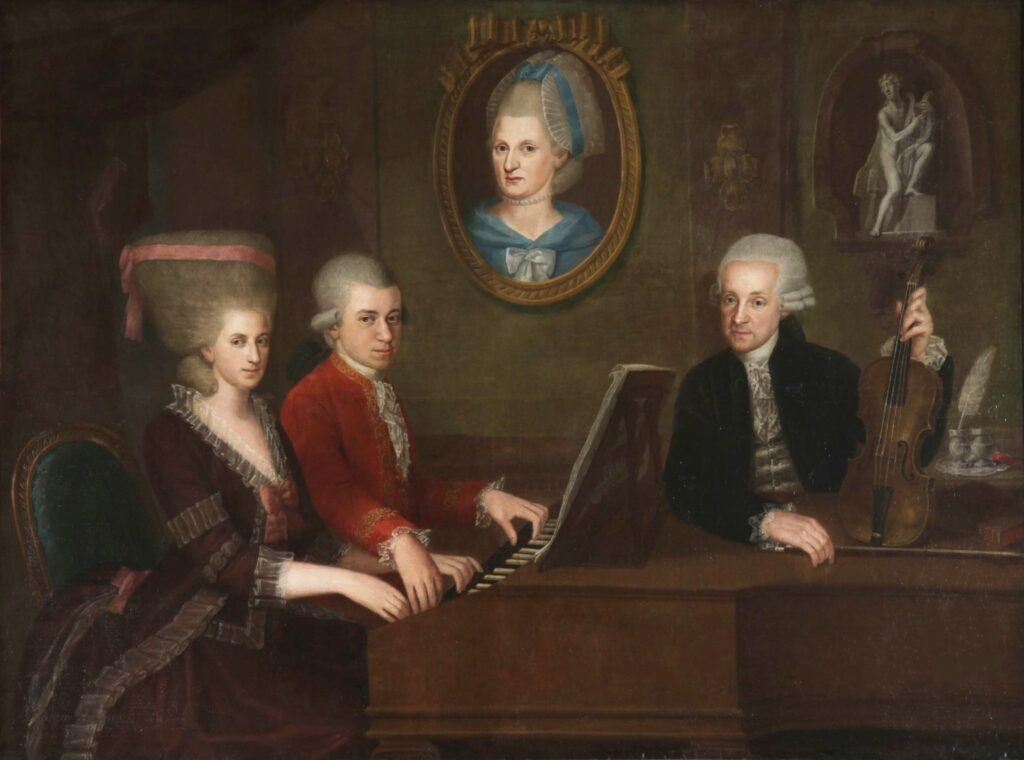
Frames
I drew the first frame with the stroke feature in Photoshop. It wasn’t meant to be anything special, just an indicator of where I might crop the portrait. The second, much fancier, frame came from a Mucha painting.
For the third frame, meant to look like an actual physical frame, I dug into a digital frame set I’d purchased, but none of those worked: the frames were baked into a Photoshop file, and that file didn’t have high enough resolution. I therefore generated a series of frames in Midjourney, specifying that I was looking for something decorative, with an eighteenth-century aesthetic, gold, square on the outside, with an oval center and light coming from the top right. The results worked better than what I had, so I upscaled the frame and placed it as, well, a frame. Photoshop’s generative fill fixed and filled the top and bottom of the oval frame (you can’t really see this in the final, which is the point).
Once I’d set the frame, the hard, fiddly work of gauging light and levels began, as well as where the background painting should be, what areas should be bright and which should be dark, how saturated the subject should be in comparison with the background, how the shadows should work against the frame and against the portrait. This time, Wolfgang is in Nannerl’s (Megan’s) shadow, and Nannerl in the painting is brighter and more prominent than her brother. All of this adjusting took days, as I’m not the best compositor, and my instincts for what should be bright or dark or saturated or contrasty and how bright/dark/saturated/contrasty are not as sharp as I’d like. I’m working on this. It’s taking me a long time.

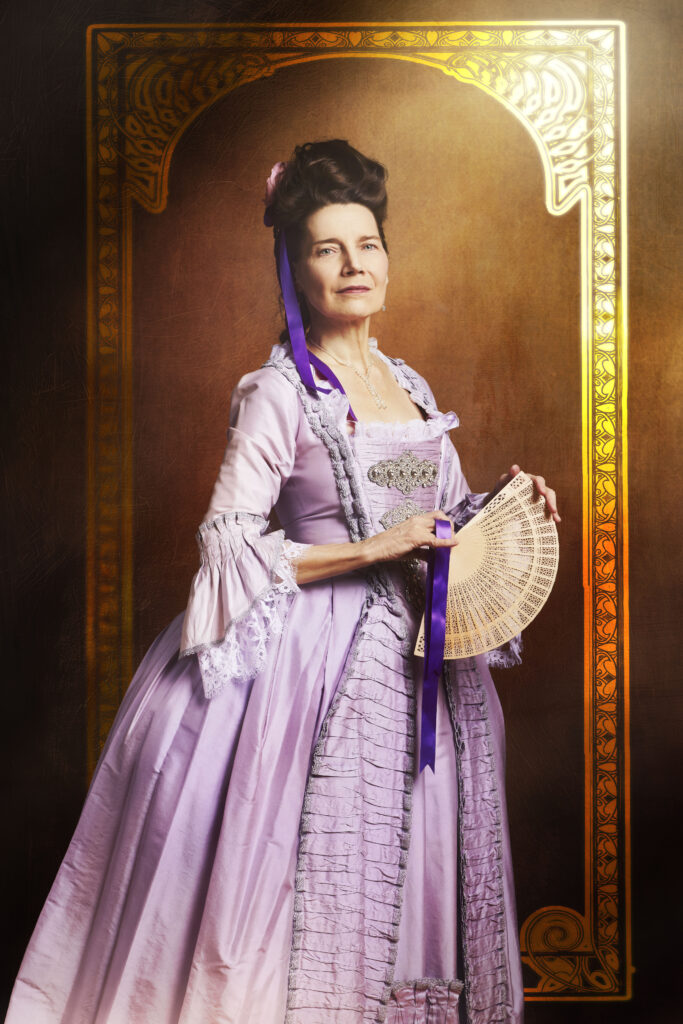

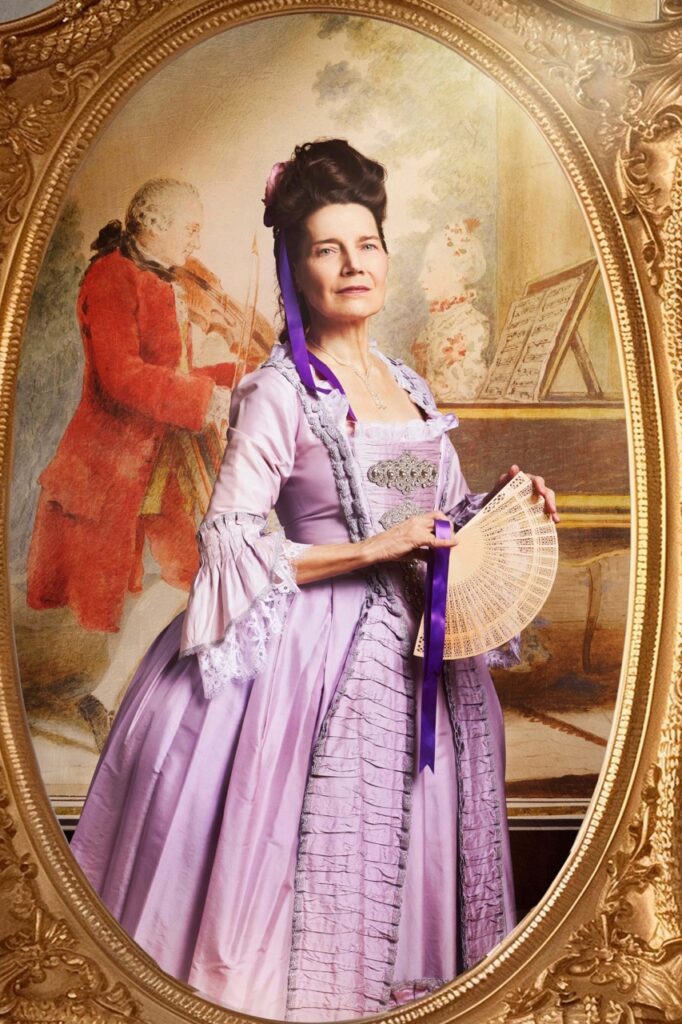
Considering the Series
The other important thing to keep in mind was how this portrait works in the series of other portraits from Megan’s collection. It still needed to be a portrait of the subject that works in a sequence with the others. As with Distant Era’s The People of Light and Shadow series, I wanted to explore what was possible within Megan’s series while still staying firmly rooted in the core concept and not wandering too far afield.
Here are the five portraits thus far in Megan’s series. In the coming weeks, we’ll explore two more from her March session. Immense thanks to Megan Wells for commissioning this series and to Chris Koeppen for the tools, lessons, and advice, without which this series would look very different.
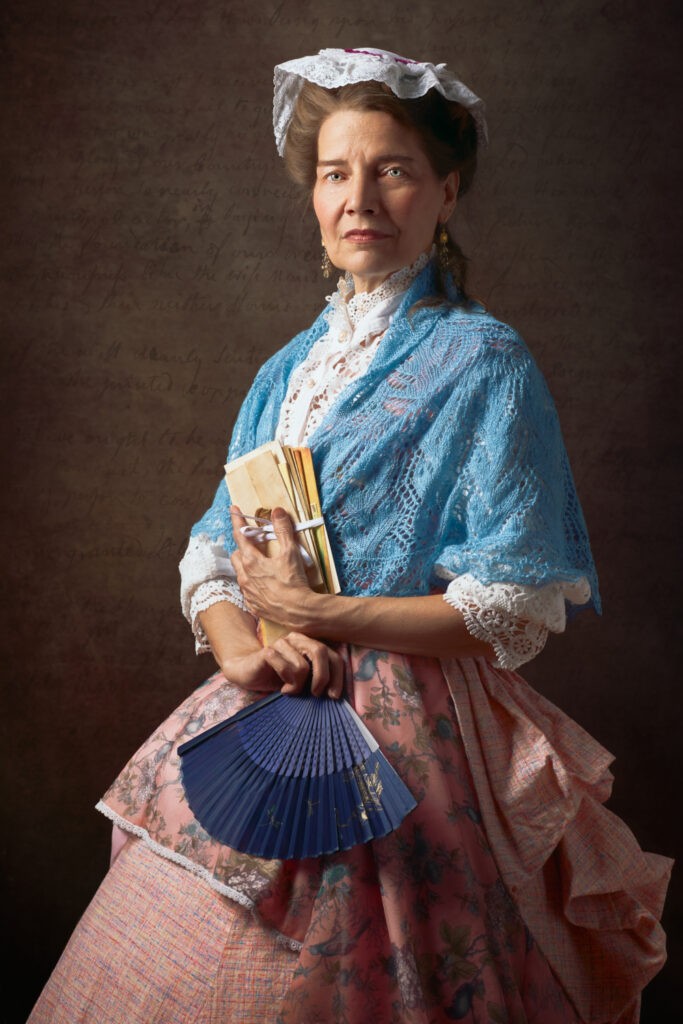
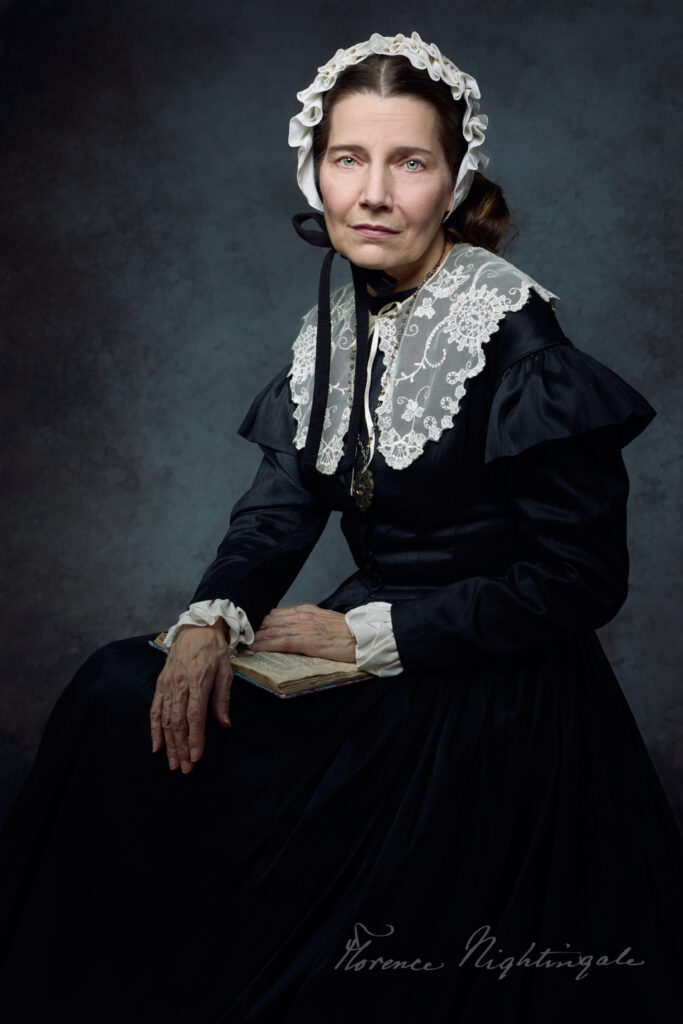
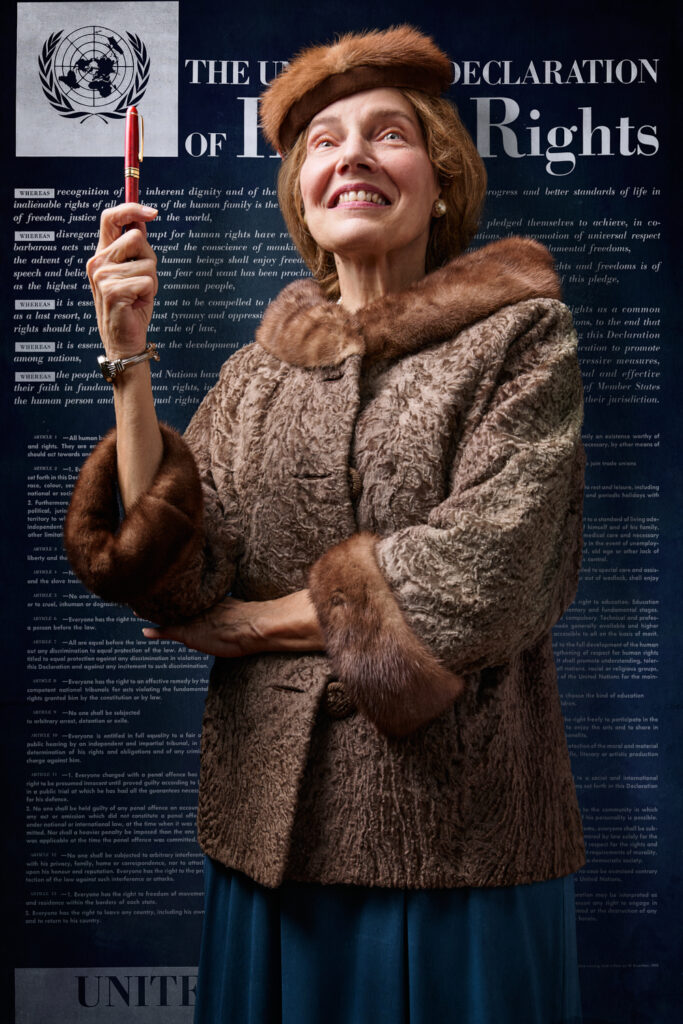
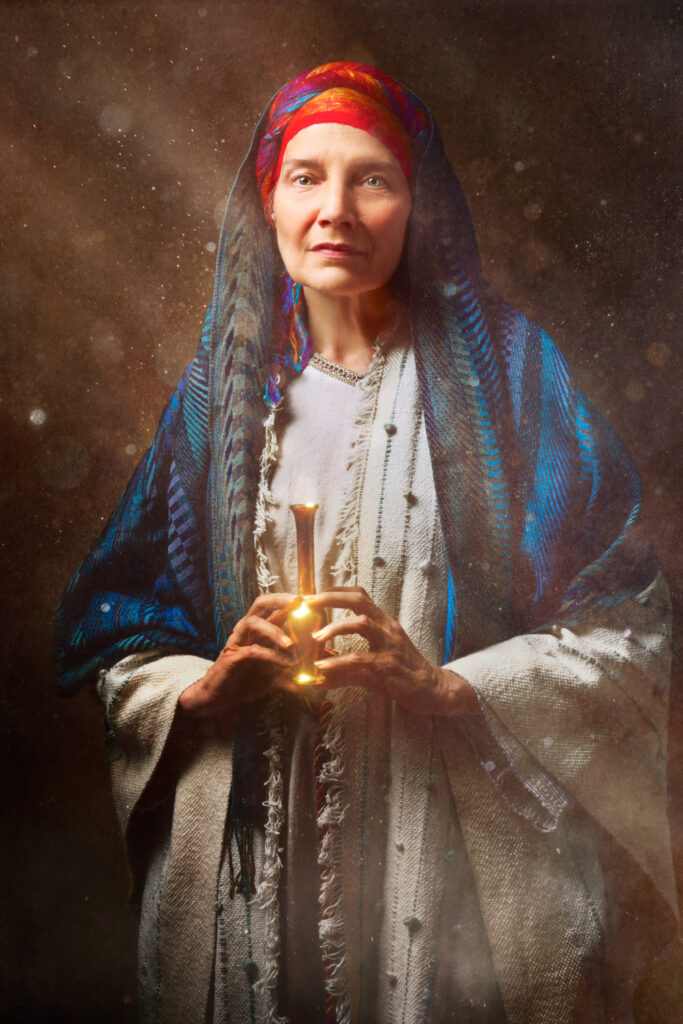
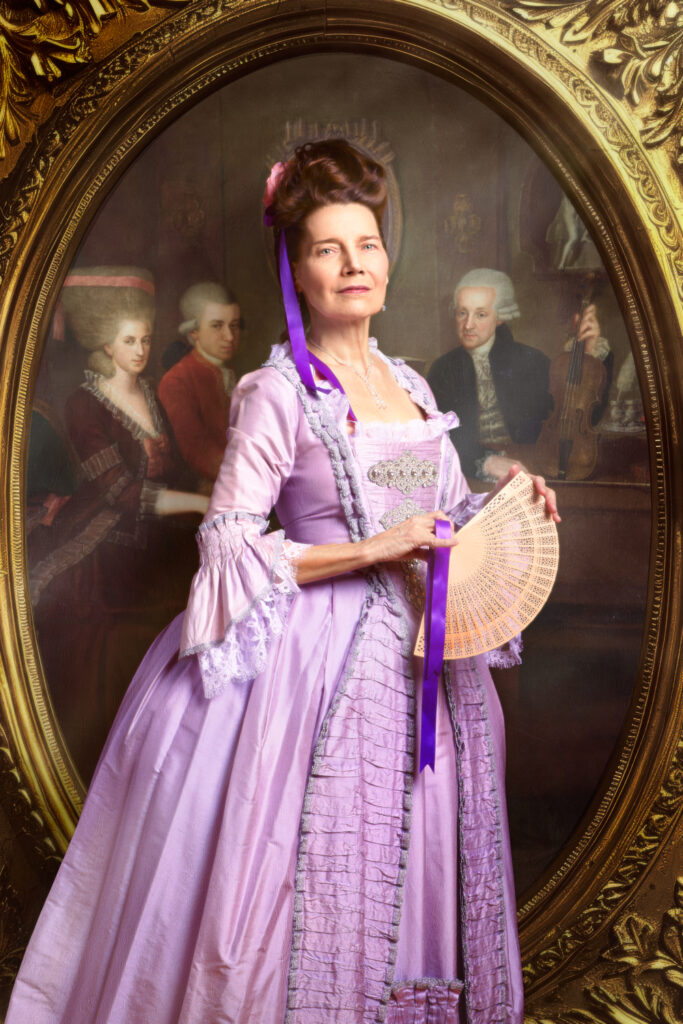
Interested to know more about Nannerl Mozart and the life she lived? Speak to her directly by booking Megan Wells for your event!

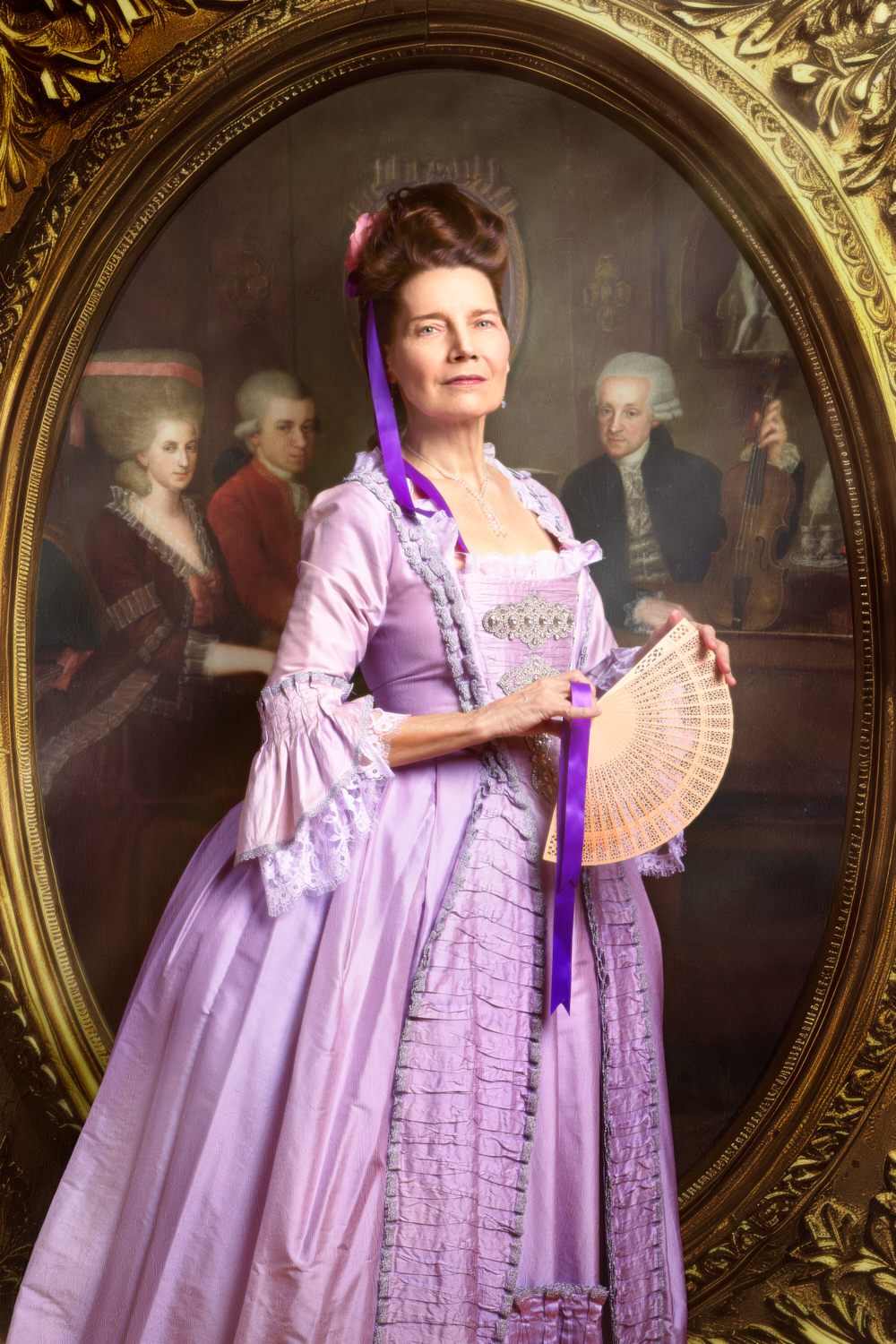

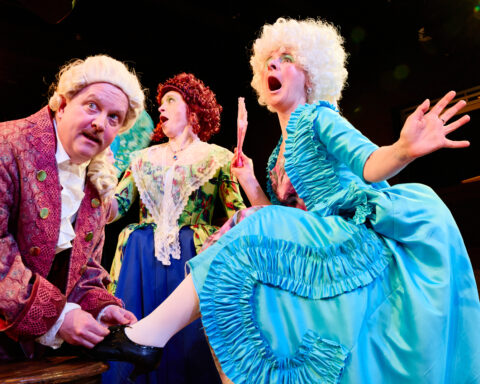
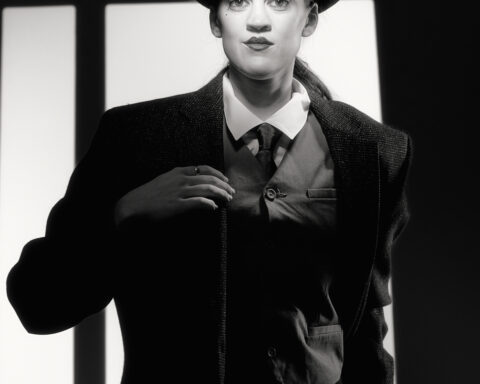

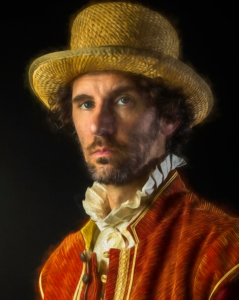

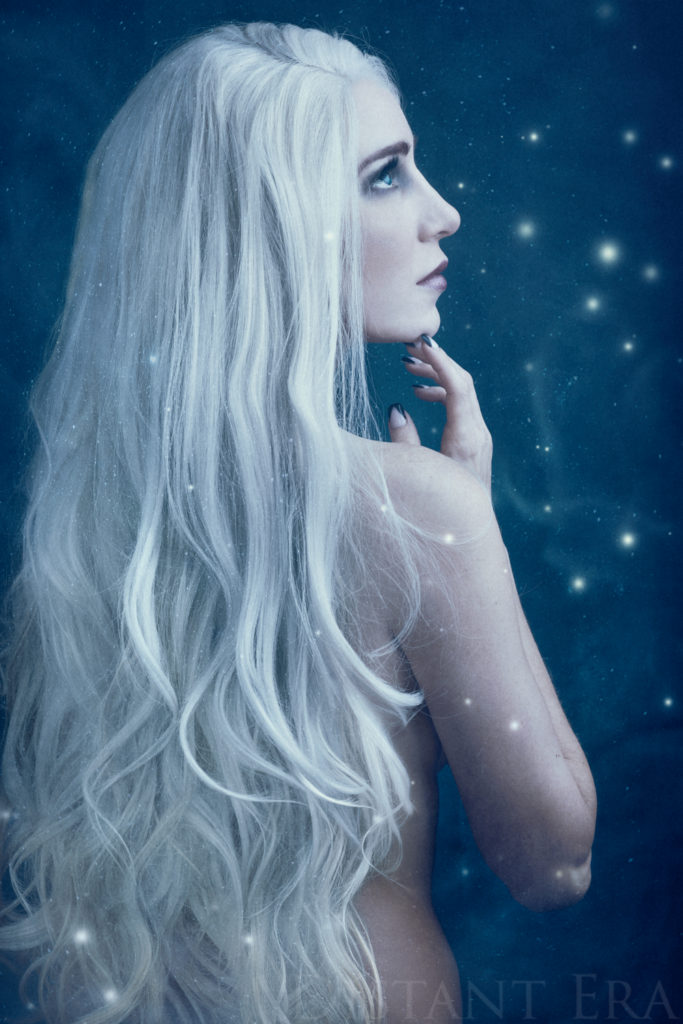
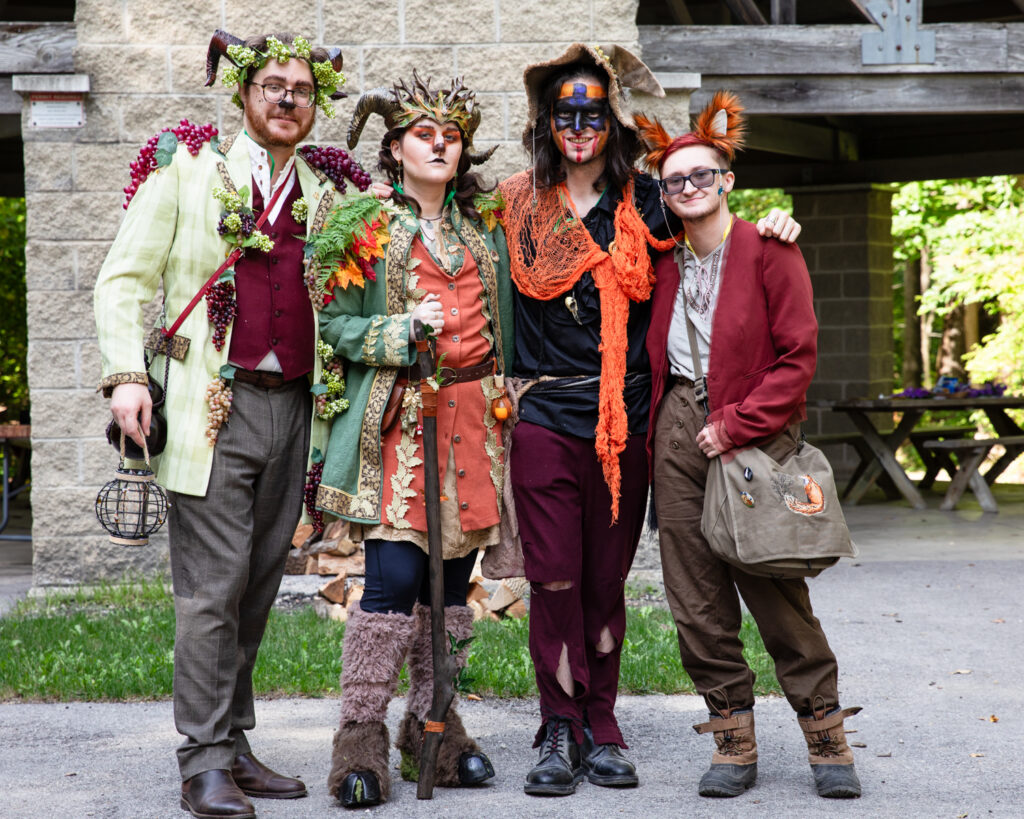
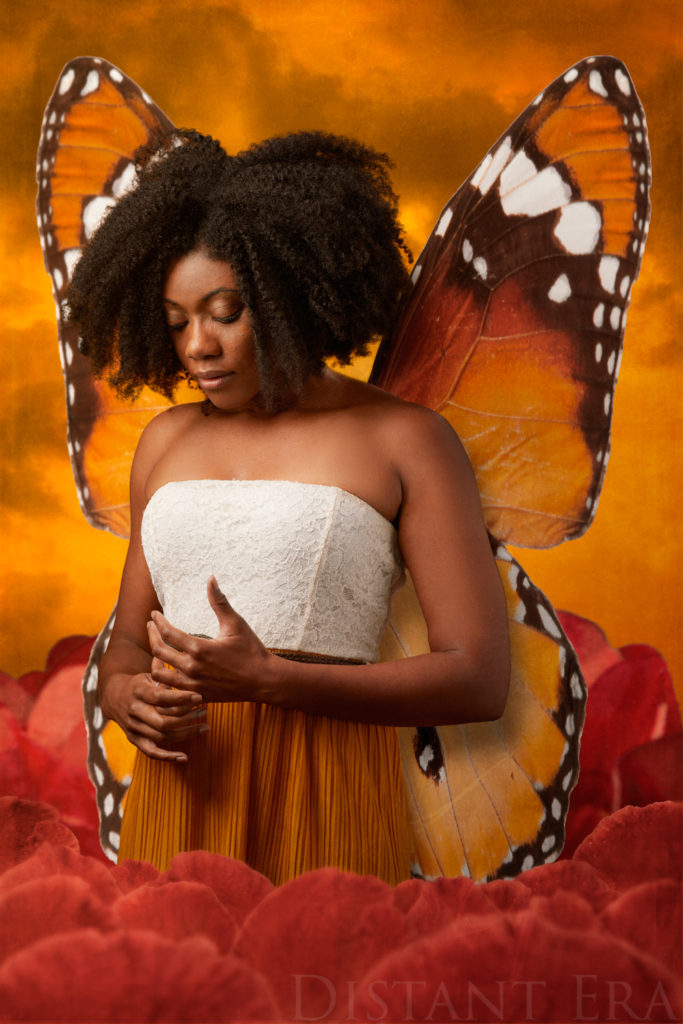

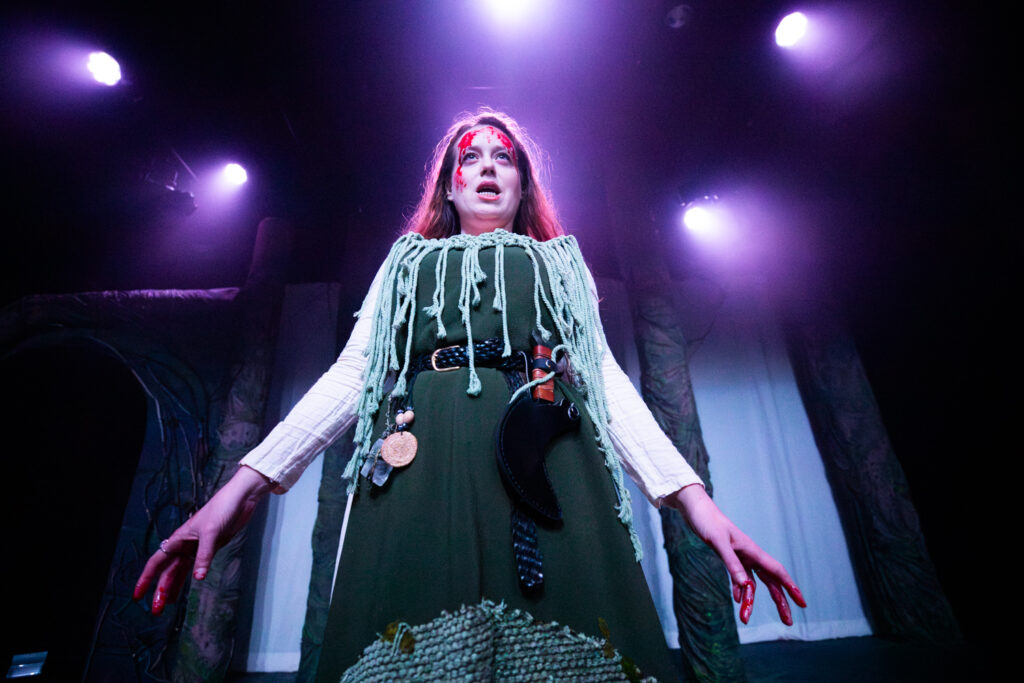



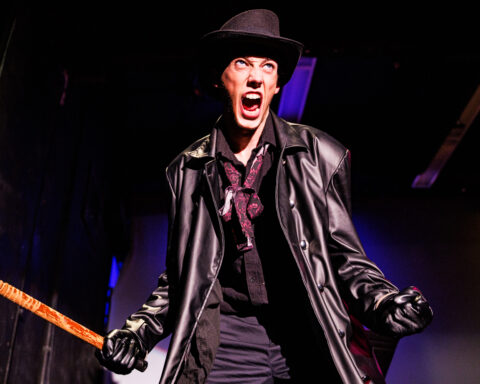
Follow Me